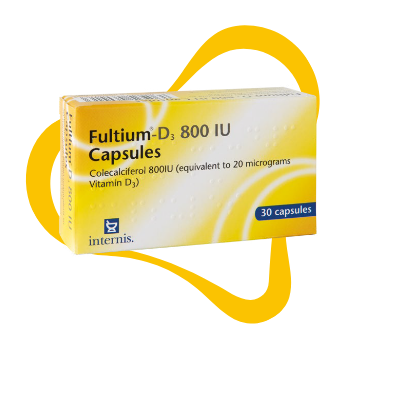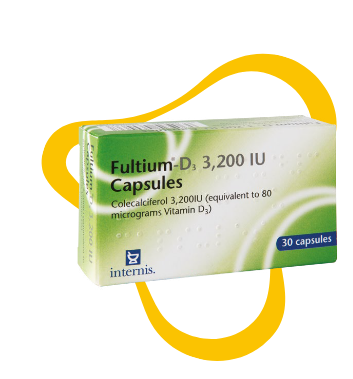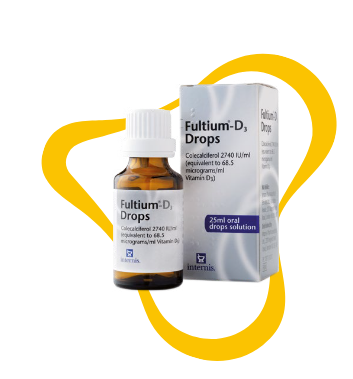Side effects are always a possibility with any kind of medication. So while not
everyone does suffer side effects, there’s a chance you may do. You will reduce the
chance of these effects if you take your medicine exactly as instructed.
If you notice anything different when you start to take Accrete-D3, like feeling
sick or constipated, or if you suffer an allergic reaction (such as itching,
wheezing, swelling of the tongue or throat or a skin rash) stop taking Accrete-D3
immediately and see your healthcare professional.16,17 They may ask you to come in
for regular check-ups to make sure that you are getting the right amount of
medicine. This is normal for people who are taking calcium and vitamin D.
Be sure to read the Patient Information Leaflet that comes with your medication for
further details on possible side effects.
If you experience any side effects, talk to your Healthcare Professional. This
includes any possible side effects not listed in the package leaflet. You can also
report side effects directly via the Yellow Card Scheme at
https://yellowcard.mhra.gov.uk.















